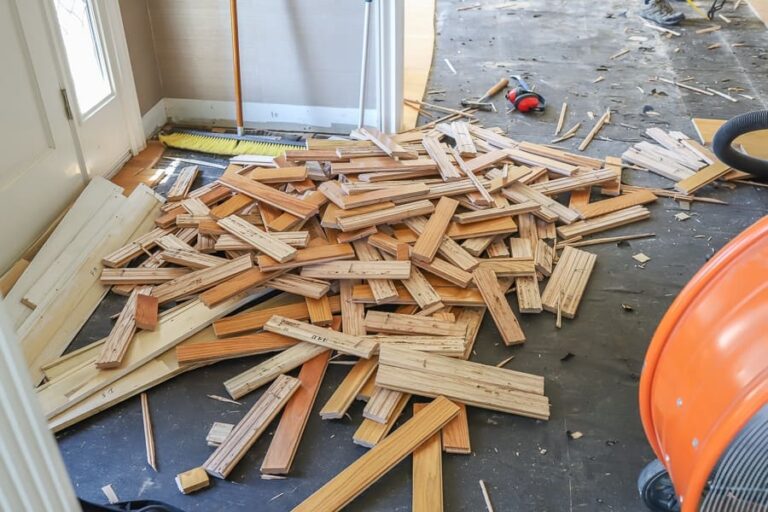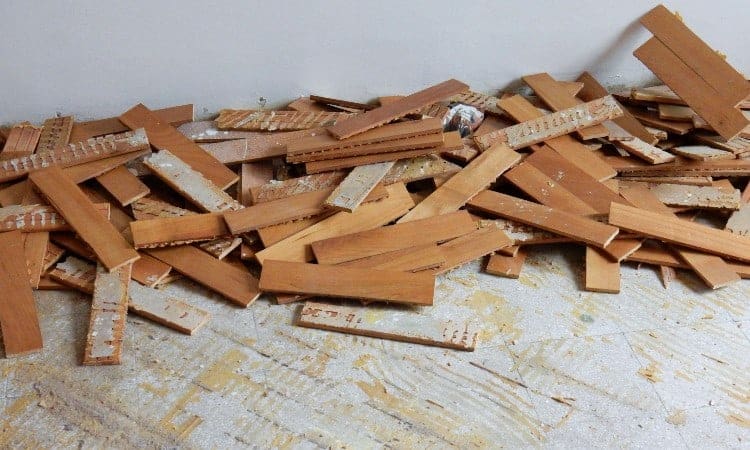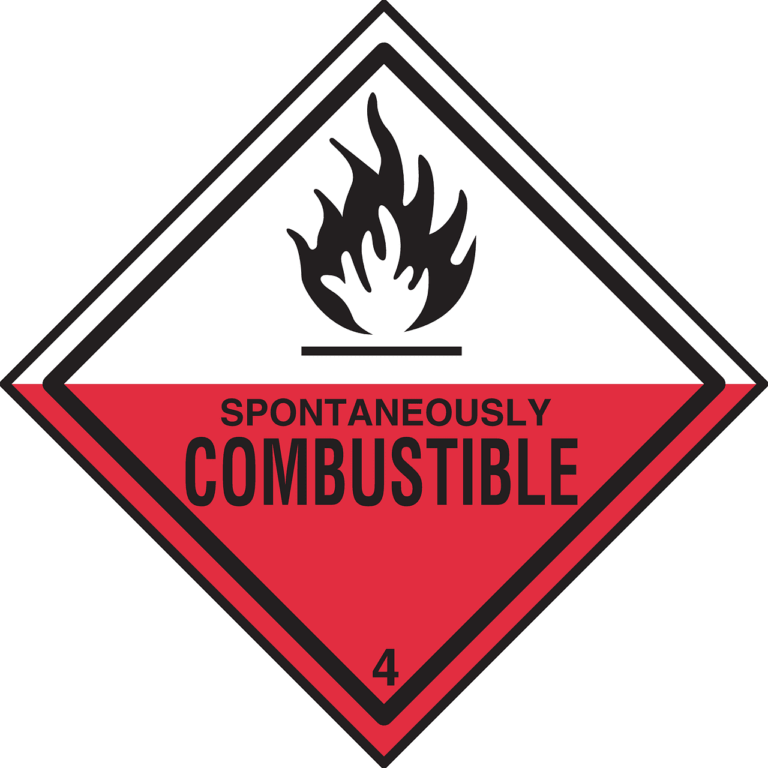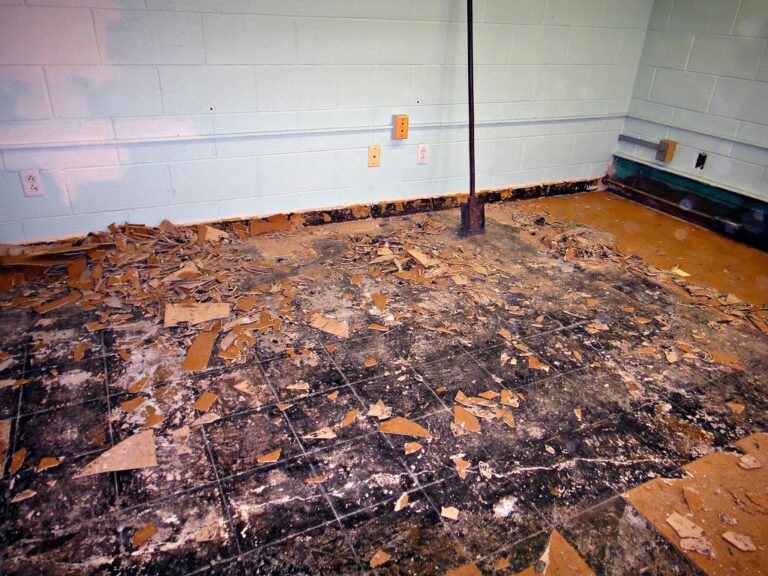Flooring Products Waste Disposal
Responsible disposal of coatings and adhesives waste
The ATFA promotes the responsible disposal of process waste that includes coatings, adhesives, solvents and chemical type moisture barriers/retarders.


Responsible disposal includes
- Compliance to local, state and federal government regulations and guidelines for the disposal of hazardous wastes.
- Not causing contamination or damage to storm water, sewer or waterways.
- Avoiding damage to client premises including buildings, gardens and surrounds.
- Disposal that minimises personal injury risk to self or any other party.
Physical state of the waste
Liquid wastes are invariably classified as hazardous if they are either flammable or likely to cause damage to the environment. Solid flammable waste is generally legally disposed of into land fill as per any flammable plastic material. This however needs to be confirmed with your local council.
Conversion of liquid hazardous waste requiring special disposal, into solid waste is a preferred, compliant and less expensive option for disposal.
Consult the relevant Material Safety Data Sheet for specific information generally found under the heading ‘Disposal Considerations’.
Adhesives
1. Moisture Cure Polyurethane adhesives – solvent containing and solvent free.
Dispose of by either:
1.1 Leaving open container exposed to air to allow it to solidify. This can take many weeks.
1.2 Pouring water into the container and roughly blending in. Only half fill the container being used as some polyurethanes will foam when exposed to water. Solidification should occur in a matter of days. Container should also be in a well ventilated location as fumes will be generated in solvent containing adhesives.
1.3 Pouring a layer of water over the adhesive in the part full container. This minimises foaming but can take some weeks for diffusion to solidify the bulk material.
2. Adhesives
1.4 Add 1 cup of vinegar per litre and stir. This will coagulate the adhesive. Strain off solids through coarse flour sieve and discard into solid waste. Liquid residue can be disposed of onto soil.
3. Disposal of solventborne adhesives
Add the adhesive to sand or water dampened rapid set cement dry mix, blend well and allow to solidify in a well vented location.
Once solidified, dispose of into normal land fill waste.
Finishes/ Coatings
1. Solventborne Polyurethane Coatings
Consult the relevant MSDS regarding safety and handling of solventborne polyurethanes, as well as the ATFA VOC policy document: ATFA Takes a Stance in VOC Ratings in Coatings and Adhesives.
1.1 Two pack
Use a roller ring to squeeze out the bulk of coatings contained within the application roller into the plastic bag lined application tray or bucket. Tie the bag and place in a rigid container to solidify overnight.
Mix component parts together and allow to set. Only half fill containers as foaming can occur as well as heat build-up from the exotherm. Conduct operation in well ventilated area as solvent fumes will emanate from the warm reacting mixture.
If waste cleaning solvents need to be disposed off, add these to the mixture at up to 30%. Once solidified, dispose of into normal land fill waste.
1.2 One pack
Use a roller ring to squeeze out the bulk of coatings contained within the application roller into the plastic bag lined application tray or bucket. Add 1 cup of water and mix in with a stick or such. Tie the bag and place in a rigid container to solidify.
In a quarter full drum or waste container of the polyurethane, add 1 cup of water and blend in to the mix. Some heat generation and foaming will occur. Allow to solidify over the next 24 hours.
If waste cleaning solvents need to be disposed off, add these to the mixture at up to 30%. Once solidified, dispose of into normal land fill waste.
2. Waterborne Polyurethane Coatings
2.1 Two pack
Mix components together in a 25% full container and allow to react. Some foaming will occur. Conduct operation in a well ventilated area.
2.2 One pack
Add 1 cup of vinegar per litre and allow to coagulate. Strain off solids through coarse flour sieve and discard into solid waste. Liquid residue can be disposed of onto soil.
Once solidified, dispose of into normal land fill waste.
3. Oil Modifieds, hard wax oils and alkyd finishes
Add the adhesive to sand or water dampened rapid set cement dry mix, blend well and allow to solidify in a well vented location.
Once solidified, dispose of into normal land fill waste.

Large volume flammable or hazardous liquid waste disposal
Where solidification and disposal of liquid hazardous waste by conversion into solid waste for normal landfill disposal is not considered practical such as larger volumes of cleaning solvents, contact your local council or EPA for advice on the lowest cost compliant disposal of class 3 flammable paint material UN code 1263. Disposal of flammable liquid or hazardous waste is best disposed of as it occurs rather than letting it accumulate.
Disposal of adhesive containers
Ensure containers and scraps are contained and have dried completely, then dispose of utilising a commercial disposal service. Note, often water based products may also contain volatile substances. Sausage pack wrapping (flexible containers) are quickly growing with popularity as disposal of used wrappers is more effective than disposing of metal or plastic drums.
Flooring off-cuts
Often, the public may seek off cuts for firewood, this is OK for many species though some have characteristics inappropriate for burning in domestic situations, these include (but are not restricted to):
- Timber treated against insect attack
- Laminate and engineered flooring
- Bamboo flooring
Spontaneous Combustion
Coatings, adhesives and rags
An example of a Polyurethane floor that was coated two weeks prior and then sanded. While dry to the touch, it was still curing and the exothermic reaction (heat generation) accelerated by the frictional heat produced a dust with significant potential to combust.
Coatings that can react with water e.g. water added to part B of a 2 pack solvent borne Polyurethane or waterborne 2 pack hardener component will generate heat but this will invariably be insufficient to cause spontaneous combustion although in closed containers pressurisation from gas formation can potentially lead to rupture of a sealed container.
The greatest risk of spontaneous combustion is well researched to be from Vegetable Oil based products. Linseed, Tung, Safflower, Sunflower, Corn and Rapeseed oils are cited in literature. Mineral oils like White Spirit, Turpentine or lubricating Oils are not prone to self heating and will unlikely cause spontaneous combustion.
In timber coatings, all penetrating oils, film build oils such as Tung Oil, modified oils, Hard Wax Oils, and Alkyds are all based on vegetable oils. Vegetable oils ‘cure’ by reaction with Oxygen in the air by means of an exothermic (generates heat) reaction. If the generated heat builds up faster than what it can dissipate, such as being confined in soiled rags, the temperature can reach an auto-ignition point and spontaneous combustion can occur.
Any rags soiled with oil based coatings should be hung out to dry or placed in a sealed container with plenty of water so as to exclude air – water will displace air – no air means no Oxygen so spontaneous combustion cannot occur. Used rollers and brushes should also be submerged in water to avoid the ignition risk.
Disposal of re-sand dust
Re-sand dust often contains hazardous substances from heat breakdown of coating or adhesive products. Coatings from very old floors may also contain lead – if this is suspected, use an approved cartridge respirator.
It is recommended re-sand dust be collected from the site in strong plastic bags and immediately disposed of using a commercial disposal service. Note: re-sand dust should not be used as garden mulch or in fireplaces.
In the case of a re-sand of an oil based or modified oil the sanding dust has the potential for spontaneous combustion immediately after sanding and before disposal.
Clean Dust
Clean wood from sanding of wood, bamboo and uncoated engineering flooring invariably generates high frictional heat and this can release carcinogens (the dust itself may be a potential carcinogen and cartridge respirators should be worn during any sanding process). This heat can also produce degradation products which can enhance auto- ignition.
Breathing these particles may cause allergic respiratory symptoms, mucosal and non-allergic respiratory symptoms, and possibly cancer. When disposing of the dust avoid breathing airborne particles. Note: sanding dust should not be used as garden mulch or in fireplaces.
Warm sanding dust should be removed from machine parts and filters as soon as sanding is finished and never be bagged for waste disposal while warm or hot.
Chemical oxidation is an inherent process related to self heating of the sanding dust and is considered to be the major contributor on the micro-level and is considered to be caused by oxidation primarily of fatty acids in the wood.
When sanding, empty the dust collection bag frequently to minimise heat build-up. Dispose of into sealed bags to exclude air and source of oxygen that may assist spontaneous combustion. Use a commercial disposal service or consider a bio-mass producer. Do not empty dust into household rubbish bins or business rubbish skips.
The NWFA in the USA published information includes:
One of the most important safety issues to consider in the sanding process is spontaneous combustion, which can occur with sanding dust. Combustion caused by wood dust is a potentially serious problem. There are several ways in which it can occur. The first and least common is the wood dust starting on fire in the dust-collection bag when a new floor is being sanded. The heat created from the friction of the machine and sandpaper on the floor can increase to the point that the sawdust begins to smoulder inside the bag. Wood dust must reach a temperature of 200 degrees Celsius for it to ignite. Combustion happens much more frequently, however, when an old floor is being sanded. The old finishes that are on the floor become ground into a fine powder. Again, the heat created by the friction can cause spontaneous ignition.
Although it is not technically spontaneous combustion, a problem also occurs when small sparks fly into the dust-collection bag. These sparks, which are often caused by abrasives striking nails, can cause a fire to begin smouldering, not visible until minutes or hours later. For this reason, all nails should be punched prior to sanding. This will also help prevent damage to the machine. Sanding dust should be disposed of safely. Keep an eye on the dust-collection bags on all equipment. Empty the bags often in a proper container. Also, empty dust collection bags before transporting the machine or leaving the job site — even if you’re just leaving for a short time.
Always remove dust receptacles from the job site at the end of every day and dispose of them in the proper manner. For that matter, it’s a good idea to remove dust receptacles and unplug machines any time you leave the jobsite for any length of time. Refinishing old floors poses additional safety issues.
Six Potential Flare-ups
Friction: Dull sandpaper, overworked paper, improper paper selection
Sparks: Staples, nails, metal pipes, improper paper tracking
The moral of the story is to always check your equipment and to always dispose of coatings, adhesives, rags and sanding dust in an ethical and safe manner.

Removal and Disposal of Asbestos or Asbestos Containing Material (ACM)
Note: Be sure to check with your State or Country authority regarding asbestos removal before acting, particularly in homes built before 1990.
In Australia, while you are legally entitled to remove up to 10sqm of asbestos or ACM, it’s strongly recommended you don’t, get the experts to it. In New Zealand, only a certified asbestos removal person can undertake such work. In South-East Asia, a permit must be obtained and only an approved asbestos removal person utilised.
There are many regulations associated with asbestos/ACM removal and disposal, likewise heavy fines for breaching these. Properties with asbestos or ACM require a register to be developed and a management plan for its removal and disposal.
If in doubt take a sample (wearing suitable disposable personal protective equipment) and send it to a NATA accredited testing laboratory or equivalent.
When it comes to flooring work, the big ones to watch out for a vinyl sheet flooring or vinyl tiles (in particular the backing layer, this is often friable, the most dangerous form of asbestos that can easily become airborne), particularly in properties built or renovated up to 1990 (potentially up to 2003), likewise fibreboard sheeting or cement sheeting from that era may also contain asbestos therefore potentially used as a subfloor layer in some circumstances.
Get an expert to dispose of asbestos or ACM, though if you must dispose of your allowable quantity (where relevant), wrap the asbestos with a double layer of 200 μm plastic sheeting and then fully seal with duct tape before disposal in accordance with the WHS Regulations. It must then be disposed of as soon as is reasonably practicable, at a site authorised to accept asbestos waste.
More reasons why you shouldn’t do it:
- You can’t wash clothing with asbestos fibres with other clothes or in the same washing machine that you wash your normal clothes;
- You can’t use a domestic vacuum cleaner they are unsuitable for asbestos work; • You must advise neighbouring properties;
- You must prevent the asbestos or ACM from becoming airborne; and • You shouldn’t drop asbestos or ACM, it releases fibre into the air.
Have we scared you enough yet – if in doubt stop work and get an expert in!
